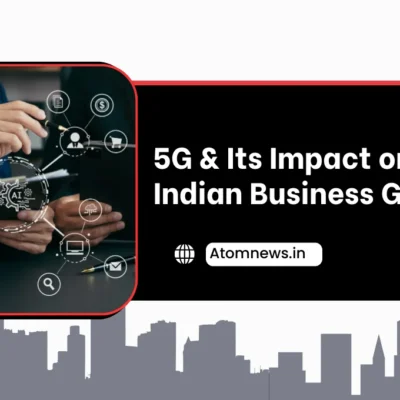At the AtomNews World Leaders Forum 2024, Ambarish Kenghe, Vice President of Google Pay, shared his insights on the potential market share cap on Unified Payments Interface (UPI) transactions. Despite ongoing discussions about implementing a ceiling on UPI market share, Kenghe expressed confidence that such a cap would not pose significant challenges for participants in the segment. His comments come at a time when Google Pay and PhonePe collectively dominate the UPI landscape, holding approximately 85% of the market.
No Significant Challenge from Market Share Cap
Kenghe, who oversees Google Pay’s operations in India and the Asia-Pacific region, emphasized the importance of interoperability within the UPI system. Speaking with AtomNews, he remarked, “I don’t see a challenge with this issue of market share because there are a large number of players operating, and there is scope for everyone.” He highlighted that while regulators and the government are considering various factors—some of which are not publicly disclosed—there is sufficient space in the market for all players to thrive.
Google Pay’s Position in the UPI Market
Google Pay is the second-largest UPI app in terms of transaction volume, closely following Walmart-backed PhonePe. The two companies dominate the UPI ecosystem, but Kenghe remains unfazed by the potential impact of a market share cap. The National Payments Corporation of India (NPCI) had proposed a 30% market share cap on UPI transaction volume in 2021 to prevent market dominance and duopoly. However, this directive has yet to be enforced, and with just four months left before the deadline, implementation seems increasingly unlikely.
Interoperability and the Future of UPI
One of the key points Kenghe raised was the interoperability of the UPI system. He noted that almost 90% of merchant payment transactions from Google Pay terminate outside of the app, indicating that users are already utilizing a variety of payment platforms. “Of all transactions that Google Pay handles, 65% end up outside Google Pay. So, it’s already an interoperable system… and many users are using different apps,” Kenghe said.
He also advised startups in the fintech space to focus on niche markets rather than competing directly with established players. “There is enough competition… but when there’s a lot of players running after just that single thing, single market, maybe it’s harder because it gets crowded. The thing that I would urge for startups is, instead of doing the same thing, you should think about what niche you have,” he added.
Google’s Approach to Licensing and Digital Infrastructure
Addressing the topic of licensing, Kenghe clarified that Google is not shying away from applying for licenses in India’s fintech sector. Unlike some other tech giants, Google has not applied for a non-banking financial company (NBFC) license. However, Kenghe emphasized that Google’s focus is on contributing to areas where it can make a unique impact. “We have a payment aggregator license, so we’re not shying away from licensed businesses,” he explained.
Kenghe also highlighted Google’s commitment to supporting India’s digital public infrastructure. He mentioned Google’s recent investment in Namma Yatri, a mobility app built on the Open Network for Digital Commerce (ONDC) protocols. “We are making these investments both internally as well as externally, in the digital public infrastructure as well as public spaces,” Kenghe said.
Opportunities in India’s Credit Market
As the conversation shifted to credit penetration in India, Kenghe pointed out the vast opportunity that remains untapped. He noted that the ratio of credit cards to the population in India is only 6-7%, compared to over 200% in the United States. Kenghe emphasized the need to enable credit in a responsible manner that protects both the ecosystem and consumers. He also hinted at the role Artificial Intelligence (AI) could play in this space, suggesting that AI could help develop more secure and responsible credit solutions.
Navigating the Future of UPI and Fintech in India
As the UPI ecosystem in India continues to evolve, players like Google Pay are positioning themselves to navigate potential regulatory changes while continuing to innovate. Kenghe’s insights at the AtomNews World Leaders Forum 2024 underscore the importance of adaptability, interoperability, and strategic focus in ensuring long-term success in India’s dynamic fintech landscape. With ongoing investments in digital infrastructure and a keen eye on emerging opportunities, Google Pay is set to remain a key player in the UPI market, regardless of any impending regulatory changes.
Read more: Marketing News, Advertising News, PR and Finance News, Digital News





